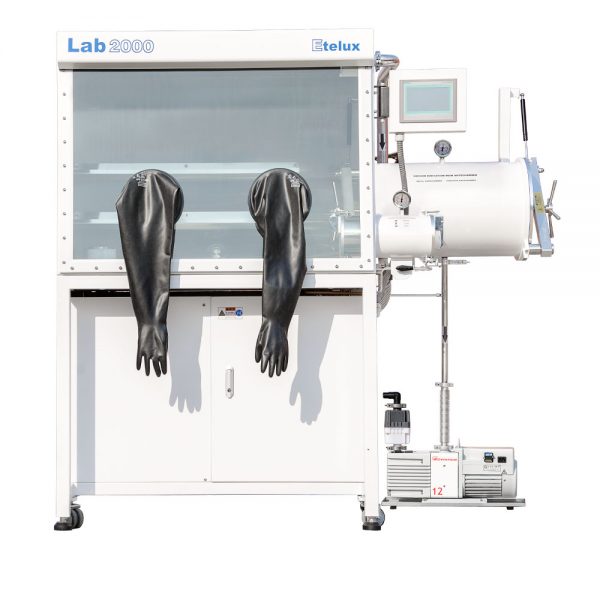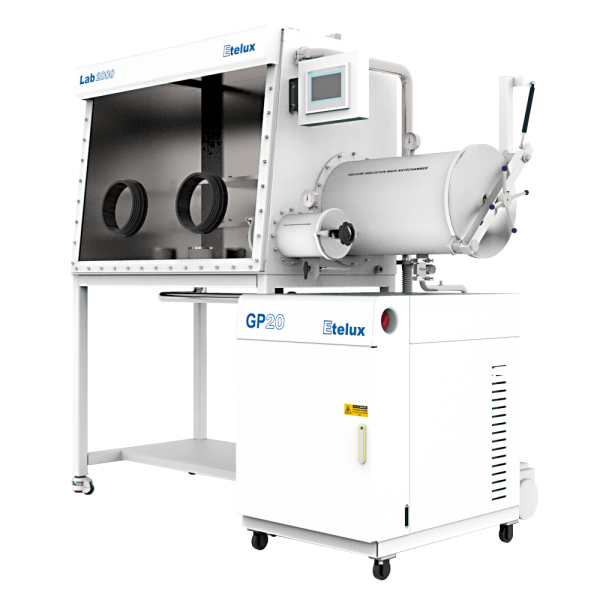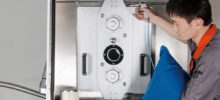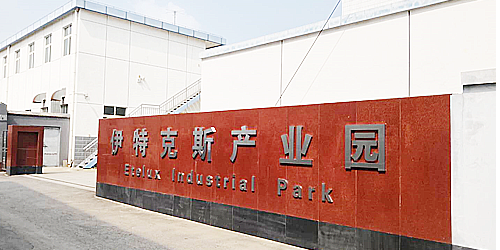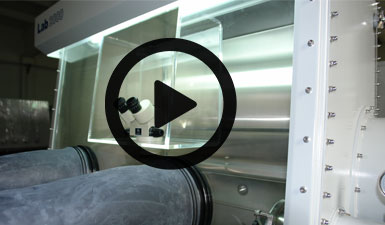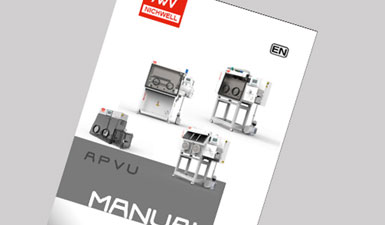(Continued from previous issue)
Oil diffusion pump: The ultimate vacuum of mechanical pump is only 10-2 Pa, when it reaches 10-1 Pa, the actual pumping speed is only 1/10 of the theoretical one, so if you want to obtain high vacuum, you must use oil diffusion pump.
As the oil diffusion pump is the earliest pump used to obtain high vacuum, it is widely used due to its cheap cost, easy maintenance, so this paper will focus on the discussion.
The application pressure range of oil diffusion pump is 10-1Pa-10-7Pa, it is to use the gas diffusion phenomenon to exhaust, it has the characteristics of simple structure, convenient operation, large pumping speed (up to 10+5 liters/second) and so on. The oil diffusion pump is mainly composed of pump casing, nozzle, guide tube and heater, in which diffusion pump oil (Japanese model is D-704#) is mainly added, and it can be divided into single-stage and multi-stage pumps according to the number of nozzles.
Diffusion pump oil is stored inside the bottom of the diffusion pump, the upper part is the air inlet, the lower part next to the right side is the air outlet, and the air outlet is supplied with pre-pressure by the mechanical pump, which acts as a pre-pump during the working time.
When the diffusion pump oil is heated by the electric furnace, the resulting oil vapor provides the front pressure, and the mechanical pump acts as the front pump. When the diffusion pump oil is heated by the electric furnace, the resulting oil vapor is sprayed downward along the guide tube through the umbrella nozzle. Because the outside of the nozzle has a mechanical pump to provide 1-10-1 Pa vacuum, so the oil vapor can be sprayed a distance, constituting a jet to the direction of the movement of the air outlet. Jet finally touched by the cooling water cooled pump wall, condensed to liquid, flow back to the evaporator, that is, by the oil evaporation – jet – condensation, repeat the cycle to realize the pumping.
Gas molecules entering the pump by the air inlet, once falling into the vapor flow, they will get the momentum of downward movement, flying downward, due to the jet has a high flow rate (about 200 m / s), high vapor density, and the diffusion pump oil has a high molecular weight (300-500), so it can effectively take away the gas molecules, so in the interface of the jet, the gas molecules can not be retained for a long time, and in the two sides of the jet interface, the pumped gas has a very high concentration of gas. Therefore, the gas molecules cannot stay for a long time in the interface of the jet, and on both sides of the interface of the jet, there is a big concentration difference between the pumped gases, and it is precisely because of this concentration difference that the pumped gases can constantly cross the interface, diffuse into the jet, and be carried to the exit, where they are pumped away by the mechanical pump again.
The oil vapor pressure of the diffusion pump is an important factor in determining the ultimate vacuum of the pump, so try to use pump oil with low saturated vapor pressure and good chemical properties.
Diffusion pumps can not be used for pumping alone, the general requirements of the pump’s maximum outlet pressure of 40 Pa. The pumping speed of the diffusion pump is determined by the size of the annular area between the nozzle of the first stage and the caliber of the inlet of the pump body, the pumping speed is not a constant value, but with the pressure of the inlet and change, when the pressure is 10-2 ~ 10-3 Pa, the pumping speed of the diffusion pump is the fastest, when the pressure is less than 5 * 10-4 Pa, the diffusion pump’s pumping speed is the smallest, almost no pumping capacity (at this time, the inlet pressure is higher, due to air pressure) (At this time, the pressure at the inlet is higher, due to the higher density of air, so that the vapor flow can not form a high-speed jet to block the counter-diffusion of air, so the pumping speed decreases).
Diffusion pumps should be cleaned before installation, and only after that can they be loaded with diffusion oil. Before the oil is heated, the pump must be vacuumed first, and the diffusion pump oil should be cooled down to 60-70 degrees Celsius before shutting down the front stage pumping, and finally shutting down the cooling water.
As the oil diffusion pump is unable to eliminate the chances of oil return, then there is no way to ensure that precision products 100% pure, especially in the semiconductor industry, so there is a “high-vacuum condensate pump + low-vacuum mechanical pumps,” composed of oil-free vacuum system, condensate pumps composed of exhaust system is not only a very high exhaust efficiency, but also to effectively ensure that the vacuum cavity of the clean, to ensure product quality (to avoid the vacuum pump). The exhaust system composed of condensate pump not only has very high exhaust efficiency, but also effectively ensures the vacuum cavity’s cleanliness and guarantees the product’s quality (avoiding the product’s contamination and enhancing the adhesion between the film layer and the substrate), but its maintenance cost is very high and expensive, so the popularity is not as extensive as that of oil diffusion pump.
Low-temperature condensation pump: it is a kind of pump that utilizes low-temperature surface to condense gas molecules to realize pumping, and it is the pump with the highest ultimate vacuum and the largest pumping speed at present.
The working principle of condensate pumps: mainly the condensation of gases on low-temperature surfaces, cold trapping and physical low-temperature adsorption.
Cryogenic condensation: According to the characteristics of various gases, liquid helium or refrigeration cycle helium is used for cooling.
Cold trapping: it is the phenomenon that non-condensable gases are trapped by condensable gases, usually carbon dioxide, water vapor, nitrogen, pressure and other gases first form frost, forming an adsorbent layer on the cryogenic surface, which in turn achieves the purpose of adsorption of other gases, and this is the reason why cryogenic pumps pump out mixed gases better than pumping out a single effect.
Low-temperature adsorption: refers to the adsorbent on the low-temperature surface adsorption of the role of the gas, due to the adsorbent and the gas molecules of the interactions between the strong, so it can be achieved than the gas-phase condensing surface temperature of the saturated vapor pressure of the surface temperature under the level of the low. The adsorbent is usually activated carbon. Condensation pump pumping rate and the impact of the condensation pump pumping rate and the size of the condensing surface area is related to the data show that the unit condensing surface area under the pumping rate of 11.6 liters / sec. Square centimeters, condensate pump can be pumped to 10-8 Pa; in addition to the adsorption surface with activated carbon adsorption geometry and location, the particle structure of activated carbon, bonding materials and bonding process, the pumping rate also has a great impact. The second key is that the cooling capacity of the refrigerator should be large enough.
Vacuum gauge: vacuum gauge is an important part of the vacuum coating machine, it is an important means of detecting the vacuum degree of the coating machine. Vacuum gauge according to its working principle can be divided into absolute vacuum gauge and relative vacuum gauge, absolute vacuum gauge can directly measure the pressure level, relative vacuum gauge can only indirectly measure the vacuum degree.
This thesis focuses on the following vacuum gauges commonly used on coating machines: resistance vacuum gauge (also called Pirani vacuum gauge): it is mainly composed of electric filament, shell and bracket, mainly based on the low-pressure, the heat conduction coefficient of the gas is directly proportional to the pressure of the way to work. The upper opening is connected to the measured vacuum system, the hot wire is made of a metal wire with a high resistance temperature coefficient, and the two bracket leads are connected to the measuring line. When the pressure decreases, due to the gas heat conduction heat dissipation decreases, so when the hot wire heating current stabilizes, then the hot wire temperature rises, the resistance of the hot wire increases, with the measurement of the size of the resistance value of the hot wire to indirectly measure the pressure.
Working principle: at the beginning of the discharge, due to the space free electron movement to the anode, under the action of orthogonal electromagnetic field, the electron trajectory is not a straight line but helix forward, and because the anode is a box, so the electron is not necessarily the first time to touch the anode, but through the anode, and then by the opposite side of the cathode of the refusal, and then back again. This is repeated many times before it may hit the anode. Because the electron journey is much longer, so the number of collision and ionization of molecules increased, so that in the lower pressure (10-4 Pa below) still maintain the discharge (also known as Penning discharge).
Currently more models have PKR251, GI-PARY discharge tube vacuum gauge: in the glass tube sealed into two metal electrodes, on which is added thousands of volts of DC high voltage, in a certain pressure range (1 * 10-3 ~ 2 * 10 Torr) can be caused by self-sustained discharge, through the discharge color to determine the vacuum so far this vacuum gauge has been rarely used, because of its error, easy to damage, and the life is not long.

